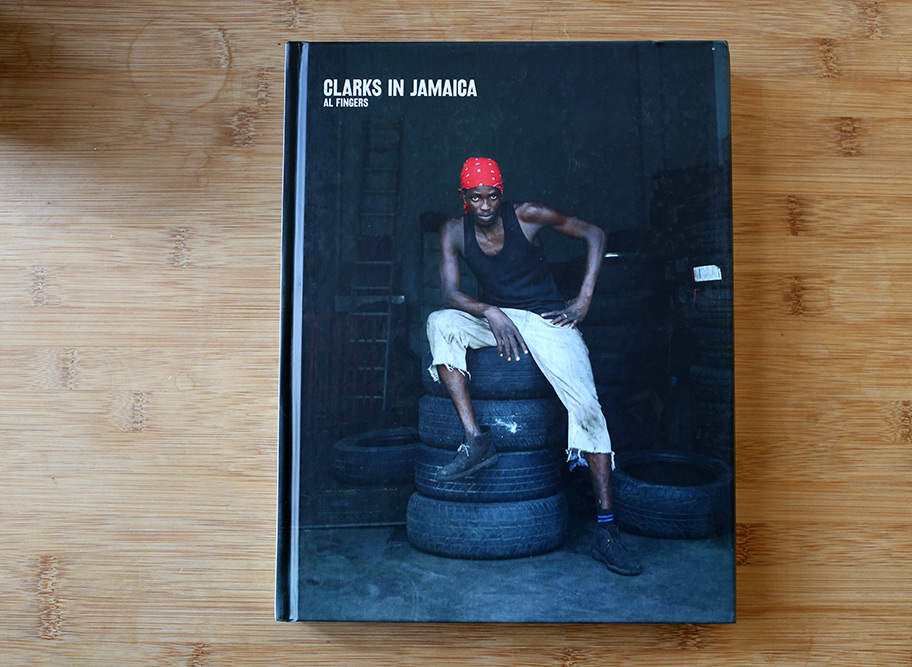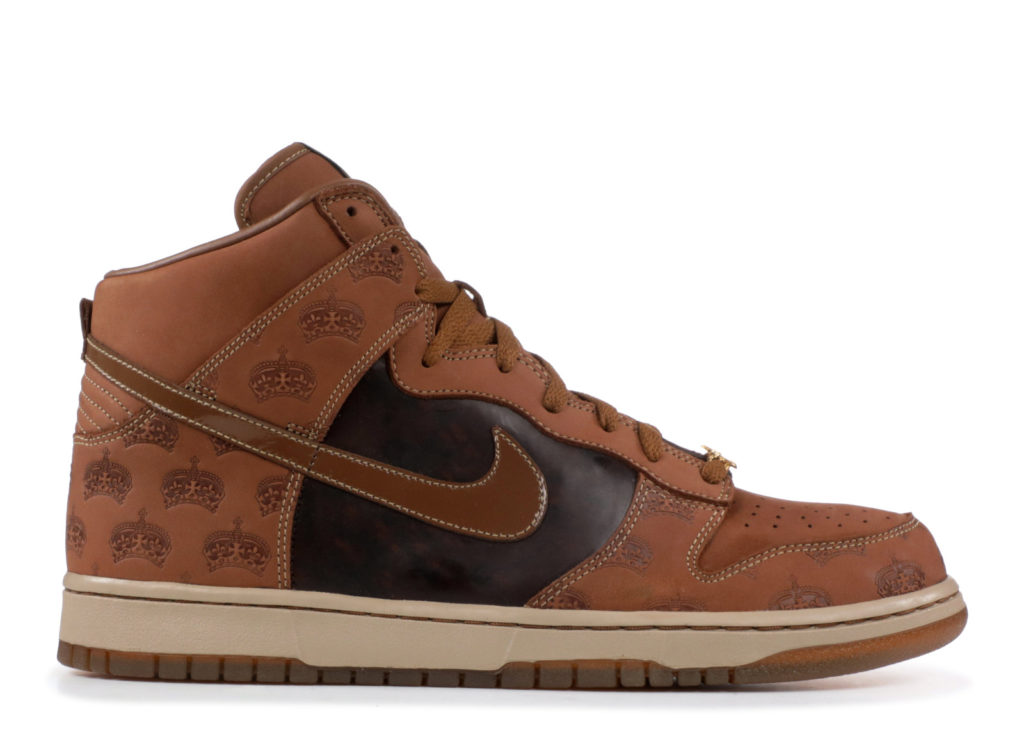Text by Anderson Muth
Effectively since their start, alternative music cultures and fashion have been firmly intertwined. From the Converse’s and Doc Martin’s of punk rock, to the importance of Adidas shoes and Timberland boots within hip-hop, footwear in particular has held an outsized role within both lyrics and culture. At the heart of this is the desire to simultaneously express both individuality and ones belonging to a community; showing off style and status yet also striking a balance between the fun and the serious. This concept has always been an integral part of sound system culture and can be found in many forms throughout the evolution from ska to reggae to dancehall to modern dubwise sounds.
Why is fashion so relevant to music? Clearly, there are many factors involved, perhaps most notably socioeconomics and class. For members of immigrant communities, minorities, and other disenfranchised groups outside the cultural mainstream, asserting their identity through iconic status symbols is not only an attainable goal but is also a practical method of revealing who they are to anyone who is in the know. Particularly relevant in Jamaican society is that the realities of one’s class – often tied to skin color as well as geography – mean that the dance halls were often a rare space where social elevation could occur. Looking good allows for the potential transcendence of traditional mores.
Fashion has been a crucial element of the dance hall since long before dancehall music arrived. Whether the bowler hats of ska or the cool suits of rocksteady, the Rasta tricolor of reggae or the flamboyance of dancehall, the performers, dancers, and appreciators of Jamaican music alike have always possessed a keen sense of style. The look of Bob Marley is nearly as legendary as his music at this point, and the iconic Rockers showed the world how Jamaicans actually dressed, not just sounded.
Clarks Booty
Name-dropping fashion brands within reggae seems to stem from the inspirational (and aspirational) role of Clarks; the relationship between Jamaica and the British shoes finally became well documented in 2015. A hard-cover book and related album explored the cultural and lyrical influence of the beloved desert boots, from the 70s up until now. Highlighting both key songs and stylish singers, this project has set a lofty bar for how to cover fashion within music, kicking off with proto-dancehall singer Little John and wrapping up with the controversial Vybz Kartel:
Jamaican – and Booker Prize-winning – novelist Marlon James explained the phenomenon to The Independent: “One, Clarks taps into the former British colonial tastes that we have, not in a bad way. [Secondly], Clarks represents craft and quality, and even though it wasn’t the cheapest shoe it was within the range of what Jamaicans could afford.” Reggae provides the constant backdrop to his book A Brief History of Seven Killings, yet it’s a pair of Clarks and not a one-drop riddim that features prominently in the book’s opening scene.

“Clarks in Jamaica” Hardcover by Al Fingers – November 19, 2012
All Hail The Queens
To be clear, it’s hardly just shoes, nor is fashion just about male performers. Bright dazzling colors, elaborately coiffed hair, and flashy neckpieces are all practically standard for dancehall queens, who often push style to the edge of the risqué. Educator Susan D’Elia says that “the dancehall is an erotic sanctuary for dirty dancing and exhibition dressing. The decorated women of the dancehall are celebrating womanhood with each sexually charged movement, walking and vibrating.” Oozing charisma and sex as they dominate the dance, dancehall queens have gained notoriety while proving their importance within the scene at large.
Head-to-toe fashion has been deemed crucial by most within contemporary dancehall, as shown by dancers like Kimiko Versatile, Koolkid, and the Xqlusiv crew in Monkey Marc’s 2017 “No Surrender” video:
From Kingston To The Bronx
As the celebrated home of hip-hop, and a key market for fashion, New York City has enabled reggae and dancehall to draw from both those influences. Scratch Famous (from Deadly Dragon Sound System) has excellently covered the best of the city’s dancehall, from veritable anthems like Shaggy’s “Oh Carolina” to the pioneering Sister Carol’s “International Style.”
Of course, the well-worn story is that Sound System Culture followed Kool Herc from Jamaica to New York, fatefully giving birth to hip-hop. However, as Joseph C. Edwoodzie writes in his thoughtful Break Beats In The Bronx, it was actually the crowd that pushed the music forward: “People wanted something different, not dancehall or even what was on the radio.”
While that theory might be a little over-simplified, Kingston’s yard parties certainly provided the community and street cred-focused ethos that influenced block party culture and inspired Herc and other innovators like Afrika Bambaataa, Grandmaster Flash, Jazzy Jay, and Grand Wizzard Theodore. And with breakdancing also playing a crucial role in the rise and explosion of hip-hop over the next few decades, fashion – and more specifically sneaker culture – was closely connected even from the early days of the genre.
Throughout the 90s, the connection between hip-hop and reggae became even more evident with countless musical collaborations and crossover tunes promoted by slick MTV-friendly music videos. Perhaps this mashup is best represented by New York-based Super Cat – the Don Dada’s clothing choices were just as on point as his lyrical flow, laying Jamaican stylings onto a hip-hop aesthetic:
On A Capitalist Tip
From roots to dancehall, top performers have happily paid respect to their own fashion tastes. Celebrity endorsements, whether paid or implied, have delighted fans while provoking concern about the effects of unrestrained capitalism. Brands are always eager to capitalize on subcultures – with their eyes on untapped markets – which has created an often-uneasy and complicated relationship between creativity and profiteering.
Yes, Mr. Vegas loves his Airs, Mighty Crown has custom blinged-out Nikes for the dance, and Chronixx has collaborated with Adidas on an entire fashion line – which even caught the attention of Vogue; so do such collaborations, products, and songs further a corporate agenda, or merely celebrate the familiar by allowing fans to feel closer to the artists (and brands) they adore? For example, it’s rather hard to hate the clever usage of Shaggy’s “Boombastic” by Levi’s in the mid-90s, which certainly had a positive impact on the song’s popularity as well as its cultural relevance.

Adidas Spring 2017 Campaign with Chronixx

Mighty Crown x Nike Dunk Collaboration
Forward To Dubwise
And what about today’s bass-heavy music scene? Sound system itself, like fashion, is an expression of the community as well as the individual within it. Built on conscious lyrical topics, the contemporary dub movement is widely regarded as taking itself quite seriously. That said, there’s still room for fun and enjoyment: sound system fashion takes one’s desired self-image within a larger collective and sets it to visceral heavyweight music. For example, L’Entourloop and Marina P collaborated on a light-hearted approach to footwear; “Shoefiti” features custom kicks and relies on samples and lyrics to set a rather whimsical vibe:
Dub-Stuy is hardly exempt from this mindset, as demonstrated by Senor Wilson’s recent track “Zapatillas.” Set to a heavy bubbling riddim from DJ Madd, the song channels its energy into a rather playful take on fashion and music, while the video finds Senor Wilson hitting the streets of New York in search of the perfect sneaks:
Conclusion
From the past up until today, fashion and Jamaican music have maintained an intriguing, and ever-evolving, relationship. For a far more thorough overview of reggae and dancehall fashion, LargeUp has an impressive four-part series investigating each decade: 70s, 80s, 90s, and the 00s. And as a bonus, make sure to check out this cheeky Run DMC refix from Taggy Matcher:
